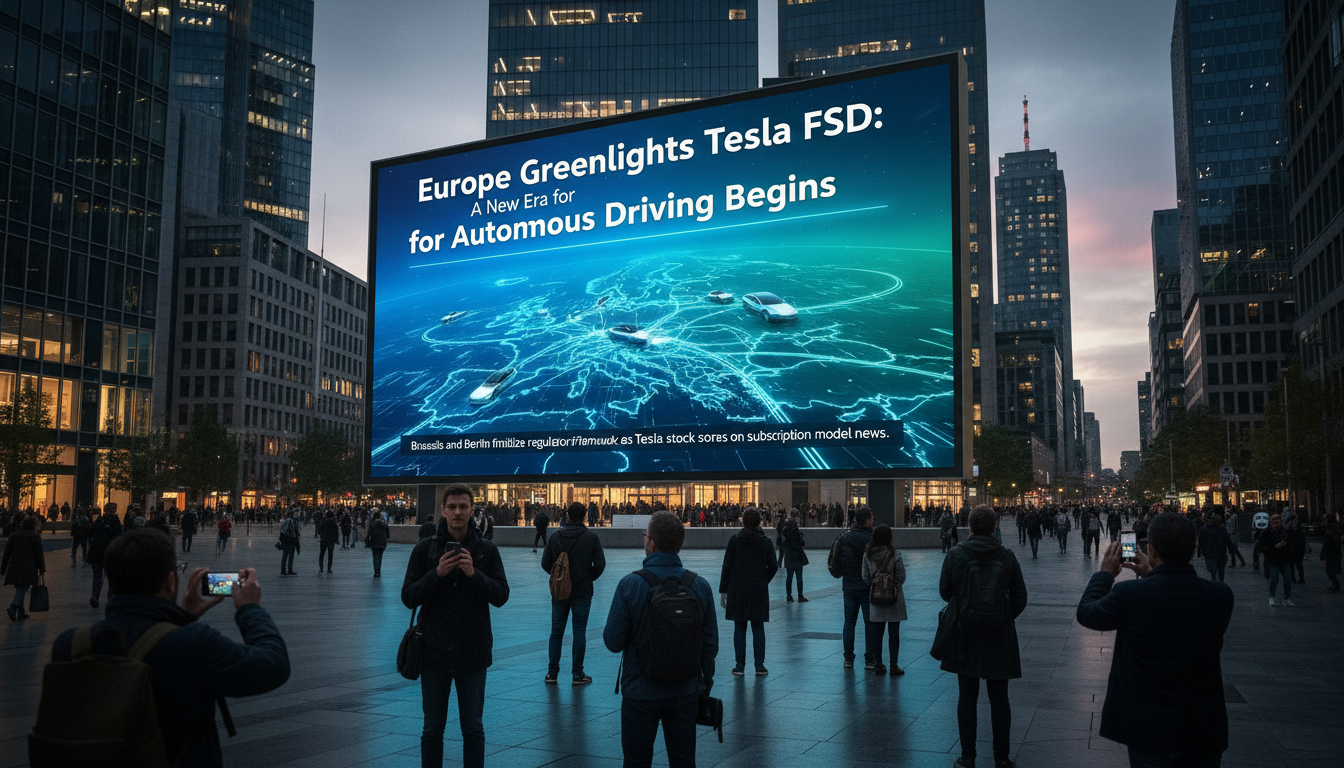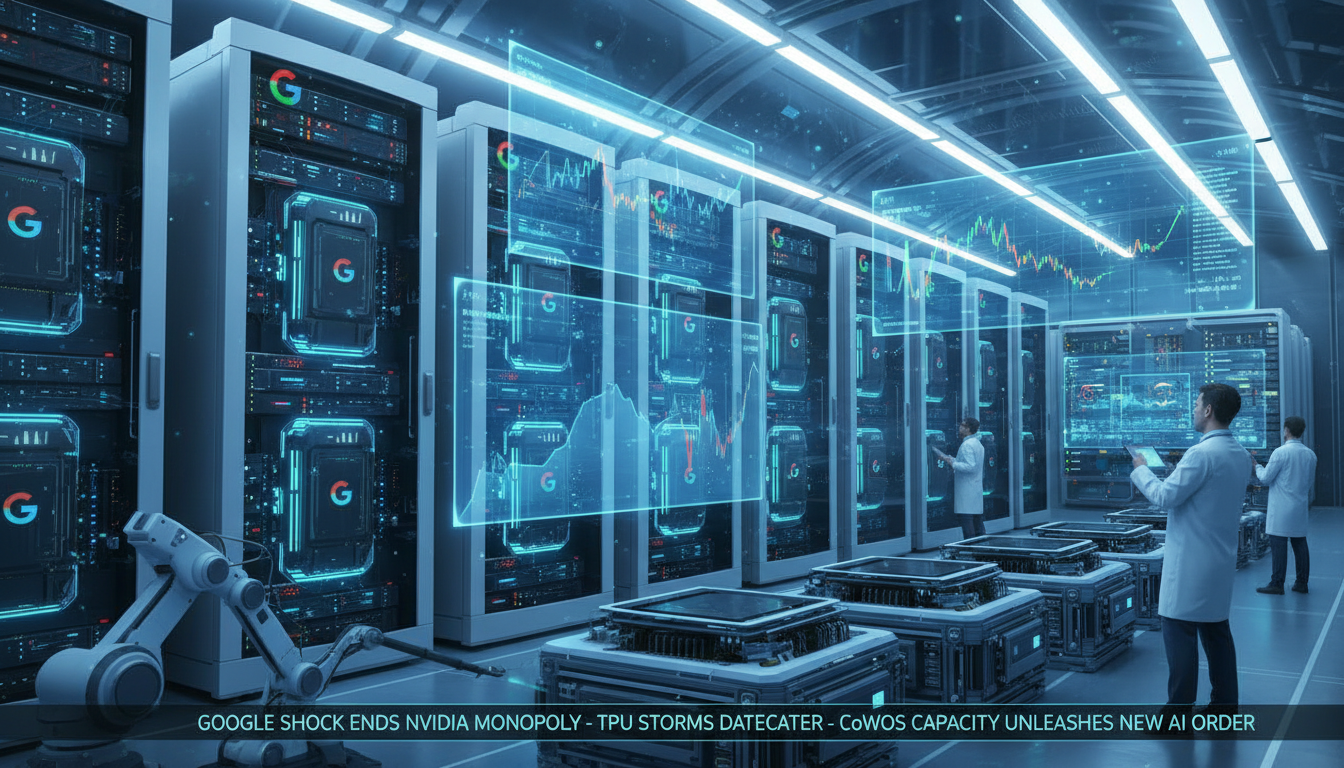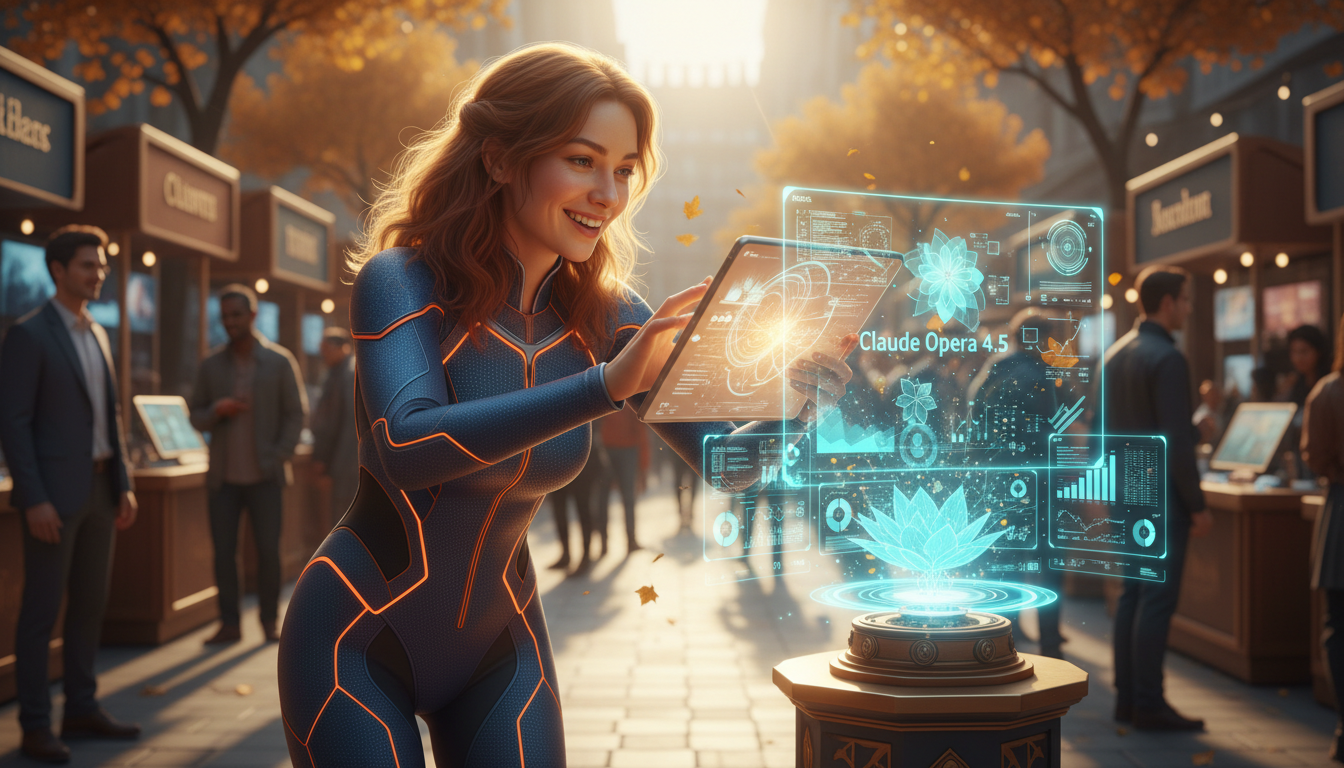● NVIDIA’s GPU Deal Shatters Supply Chains, South Korea Rises as AI Powerhouse
NVIDIA GPU Supply Issue of 260,000 Units and South Korea’s AI Strategic Tasks – In-Depth Analysis of Global Economy, AI Trends, Economic Outlook, Fourth Industrial Revolution, and Technological Innovation
Global GPU Market Trends and Major Transaction Status
The global GPU supply chain is undergoing significant changes.
Recently, news of NVIDIA’s contract for 260,000 GPUs has emerged, positioning South Korea as the world’s third-largest supplier alongside the United States and China.
The United States is conducting large-scale supplies and transactions of over 20 million units, while China is rapidly growing.
Meanwhile, South Korea is at a pivotal point where this contract could lead to an investment opportunity amounting to 14 trillion won for building GPU data centers.
This process is expected to act as a key driver accelerating the fourth industrial revolution and technological innovation under the global economic structure.
Current GPU Supply Status in South Korea and Strategic Importance
The South Korean government and major companies (Samsung, SK, Hyundai, Naver, etc.) are each taking on significant roles, securing over 50,000 units, with Naver also acquiring additional premium GPUs.
The contract for 260,000 units is regarded as an innovative investment by the government and large corporations to align with AI trends, demonstrating the intent to strengthen the overall data center infrastructure and advance the AI industry in the country.
From an economic outlook perspective, it is essential for domestic companies to reduce the gap with foreign competitors through technological innovation, aiming to enhance competitiveness by expanding cumulative supplies by 2030.
Future Prospects and Challenges – Talent Drain, Power Bottlenecks, and Regulation
Looking ahead, there are plans for additional deliveries of NVIDIA’s latest GPU, the ‘Black,’ by next year.
This proves the power of American companies, highlighting the need for swift technological dissemination and stable supply chain management in the global market to maintain competitiveness in the AI era.
However, South Korea faces challenges such as the transition to renewable energy, power supply issues, and rising operational costs for data centers.
Additionally, the outflow of AI talent and excessive regulations are concerns that may hinder South Korea’s technological innovation and advancement in the fourth industrial revolution, requiring systematic response strategies from both the government and businesses.
Dopamine Meeting and NVIDIA’s Strategic Communication
The Dopamine meeting with CEO Jensen Huang and influencers symbolizes strategic communication in the global AI market beyond a mere business meeting.
The atmosphere was lively, and Jensen’s humble demeanor attracted significant attention from many attendees.
This anecdote emphasizes the reality of technological innovation and the fourth industrial revolution, underscoring the need for building trust and strengthening cooperation between the South Korean market and overseas markets.
This underlines the importance of staying attuned to real-time updates on economic forecasts and AI trends.
Core Tasks and Strategic Recommendations
To enhance the competitiveness of the domestic AI ecosystem, cooperation between the government and businesses should focus on the following core tasks.
First, ensure rapid GPU supply and stable data center infrastructure.
Second, address power issues based on renewable energy and alleviate power cost burdens.
Third, establish systematic policies to prevent AI talent outflow and nurture innovative talent.
Fourth, improve regulations and establish cooperative frameworks to lead technological innovation within the global economy.
Fifth, acquire practical technological and managerial expertise through collaboration with global leaders like CEO Jensen Huang.
These elements are expected to play a key role in enabling South Korea to gain an advantage in the global economic competition during the era of AI trends and the fourth industrial revolution.
[Related Articles…]Latest news on GPUs
Latest news on Jensen
*Source: [ 월텍남 – 월스트리트 테크남 ]
– 26만장 밖에 안되는데요? / 젠슨황 직관 후기
● Revolutionary 3D Tech Ignites Metaverse and Physical AI Boom
3D Technology Leading the Metaverse Revival and Physical AI Leap: A Comprehensive Summary of Latest Innovation Trends
This article will focus on the innovative 3D technology that will have a significant impact on the economy, advancements in AI technology, reinterpretation of the metaverse, and the future of physical AI and AI glasses.
We will delve into key technologies that have not been extensively covered in other news outlets, such as Google’s Gemini 3, World Labs’ technology for creating 3D spaces from a single photo, and Meta’s HypeScape, exploring how the emergence of advanced hardware devices like Samsung’s Galaxy XR will bring revolutionary effects on the economy and technology as a whole.
[1] Core Technology Trends and Metaverse Innovation
We will summarize the latest trends focusing on major SEO keywords like economy, AI, innovation, technology, and the metaverse.
ㆍ Generative AI technologies, such as Google’s Gemini 3 and World Labs’ technology to create 3D spaces from a single photo, are gaining attention.
ㆍ Meta’s HypeScape naturally blurs the boundaries between reality and the virtual world to implement genuine metaverse content, differing from the existing metaverse content we have known.
ㆍ With advancements in generative AI, software technologies that construct virtual worlds are significantly growing, ushering in an era of innovation where hardware and software complement each other.
[2] Physical AI and Robot AI: A Leap through Real-World Learning
The new physical AI technology goes beyond the existing metaverse concept, breaking down the boundaries between digital and physical reality in combination with robot AI.
ㆍ AI transforms a single photo into a 360-degree digital twin, providing a data standard for learning and decision-making in a real environment.
ㆍ Physical AI combines with video and real-time motion data, enabling more accurate robot operations beyond the traditional text-based learning.
ㆍ These technological advancements provide new business models and strategic opportunities across various fields such as automation, manufacturing, and service industries.
[3] AI Glasses and XR Technology: The Future of Smartphone Replacement
Future smart devices are expected to shift towards AI glasses or AR/VR/XR devices.
ㆍ AI glasses integrate digital twin technology, edge computing, and AI networks to allow simultaneous experiences of reality and the virtual world.
ㆍ Global companies such as Meta, Samsung, and Google are focusing on AI glasses and XR devices, initiating competition to establish a new ecosystem beyond the era of traditional smartphones.
ㆍ This technology is anticipated to fundamentally change information consumption as well as significantly transform economic activities, altering user experiences and content consumption methods.
[4] Impact on the Economy and Strategic Implications
In the future, AI, the metaverse, and physical AI technologies will have a tremendous impact on the economy and the Fourth Industrial Revolution.
ㆍ The balanced development of hardware and software is expected to act as a new growth engine for the digital economy, reshaping existing smartphone and TV markets.
ㆍ New content creation and consumption models combined with AI technology will drive innovation across the economy, providing essential insights for businesses in future strategy formulation.
ㆍ To enhance competitiveness, continuous investment and research and development to overcome technological limitations are necessary, enabling companies to gain an advantage in the global economy and technology ecosystem.
Summary
With the latest advancements in 3D technology and generative AI, the metaverse is re-emerging.
Companies like Google, Meta, and World Labs are presenting innovative technologies that create 3D spaces from a single photo, while physical AI and robot AI are generating new business opportunities through real-world learning.
Additionally, AI glasses and XR technologies are likely to establish themselves as new form factors beyond smartphones, fundamentally changing existing content consumption methods throughout the economy.
These technological trends will play a crucial role in formulating strategies related to the economy, AI, innovation, technology, and the metaverse, as well as securing global competitiveness.
[Related Articles…]
Analysis of Metaverse Innovation Trends
Future Strategy Prospects for AI Glasses
*Source: [ 티타임즈TV ]
– 3D 기술이 몰고올 ‘메타버스 부활‘ ‘피지컬AI 도약’ (신동형 알서포트 이사)
● AI Revolution Unleashed Transforming Business with No Employees
How to Create a Website and Implement AI Chatbot Automation Without Employees – A One-Person Business Leading AI Trends in the Global Economic Outlook!
Website Creation and SEO Optimization Strategy
This article covers in detail how a one-person business operator can create a website from scratch and automate 24/7 customer support through an AI chatbot.
In particular, it introduces how to solve everything from implementing a reservation system to demonstrating voice and chat consultations, as well as domain connection and SEO optimization, all at once using the Ready Agent.
This information will be very helpful for those interested in the digital transformation of the economy amid the global economic outlook and AI trends.
Ready Agent Implementation Procedures and Customization
Using Ready services, you can easily and quickly create a website.
When users input their desired service concept (e.g., Halloween party room), the AI automatically generates design and content.
By utilizing agent functions, you can customize prompts for customer support, such as setting up a reservation system, calendar, and automatic FAQ input.
This process, intertwined with AI chatbot technology, is an essential customer support automation solution in today’s AI trend era.
Real-time Chat and Voice Consultation Demonstration
One of the strengths of the Ready Agent is the 24-hour operational AI chatbot.
Through chat-based reservation demonstrations, customers can receive real-time guidance on available booking times, and
the voice consultation feature allows for immediate responses when customers inquire verbally.
This process is a representative example of innovation using AI tools in an economic environment that requires efficient workflow.
Domain Connection and Utilization of Mobile and Figma Integration
After creating the website, connecting a domain can either utilize an existing domain or purchase a new one depending on the choice.
In SEO settings, various functions for search engine optimization, such as metadata, JSON, sitemap, and robots.txt, can be automatically generated.
Additionally, through mobile optimization and Figma integration, you can download design files or fully utilize the UI,
incorporating all necessary technologies for the rapid digital transformation in today’s economy.
Key Points and Core Content Not Covered by Other Media
• The integrated operation of AI-based customer support and reservation systems can maximize the work efficiency of a one-person business.
• The Ready Agent is characterized by supporting not only simple website creation but also integrating chat and voice consultation features, enabling responses to various customer support scenarios.
• With the SEO automation function, even non-experts can easily operate a website tailored to the global economic environment, highlighting it as a key issue in the latest global economic outlook and AI trend era.
• Figma integration allows for the free modification and copying of design elements, showcasing its scalability that can be applied to company branding.
[Related Articles…]Website Creation Strategy for One-Person Businesses
The Future of AI Chatbot Innovation
*Source: [ AI 겸임교수 이종범 ]
– 직원 없이 홈페이지 만들고 AI 챗봇으로 24시간 고객 응대 자동화하는 방법 | 레디(Ready) 에이전트 활용법



